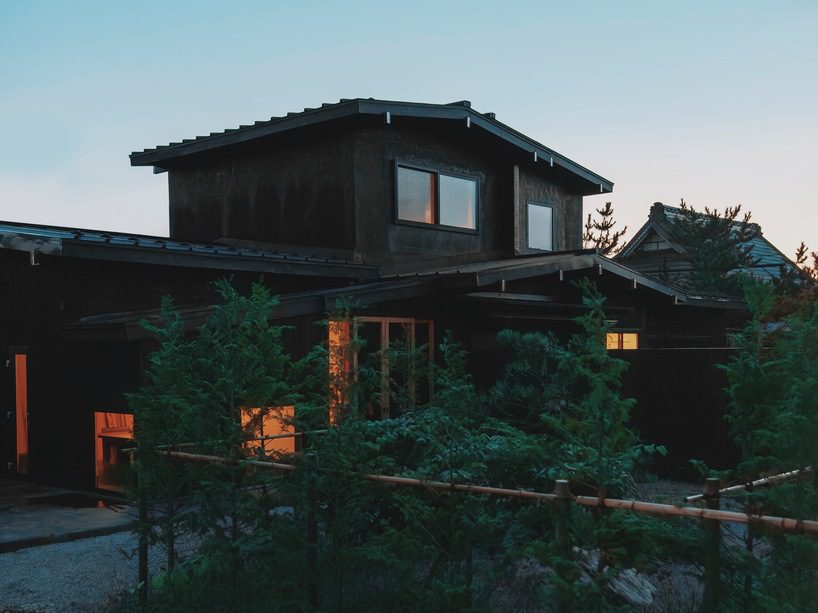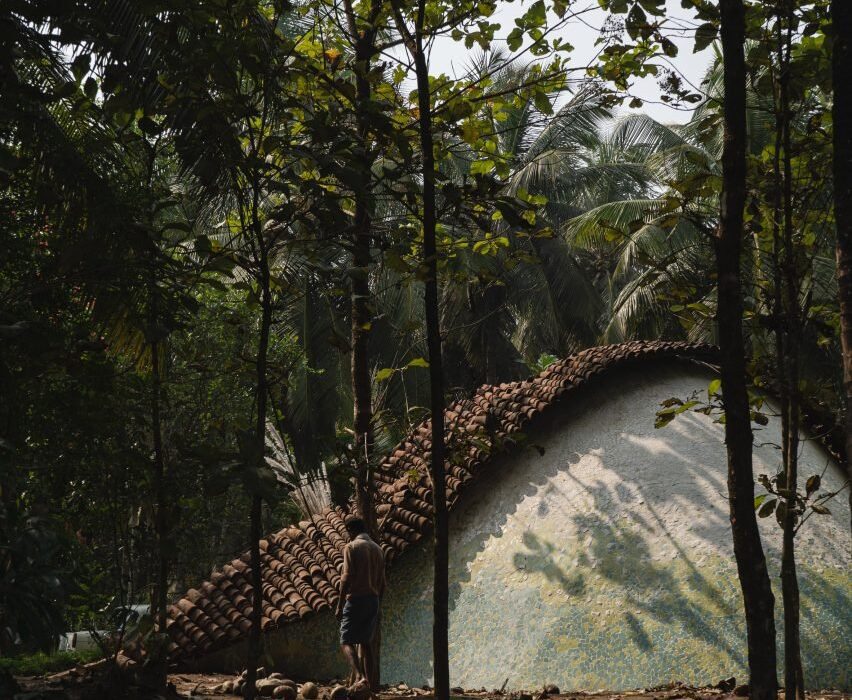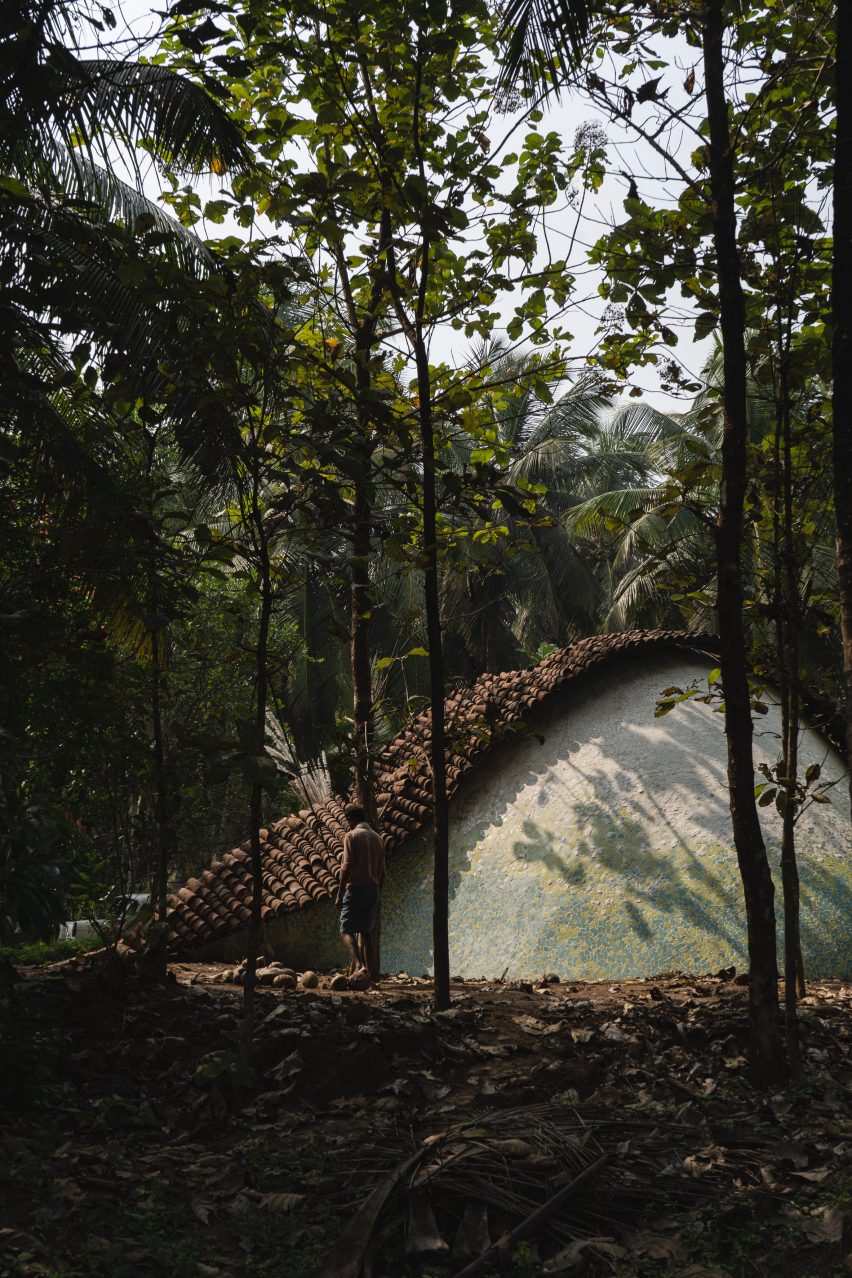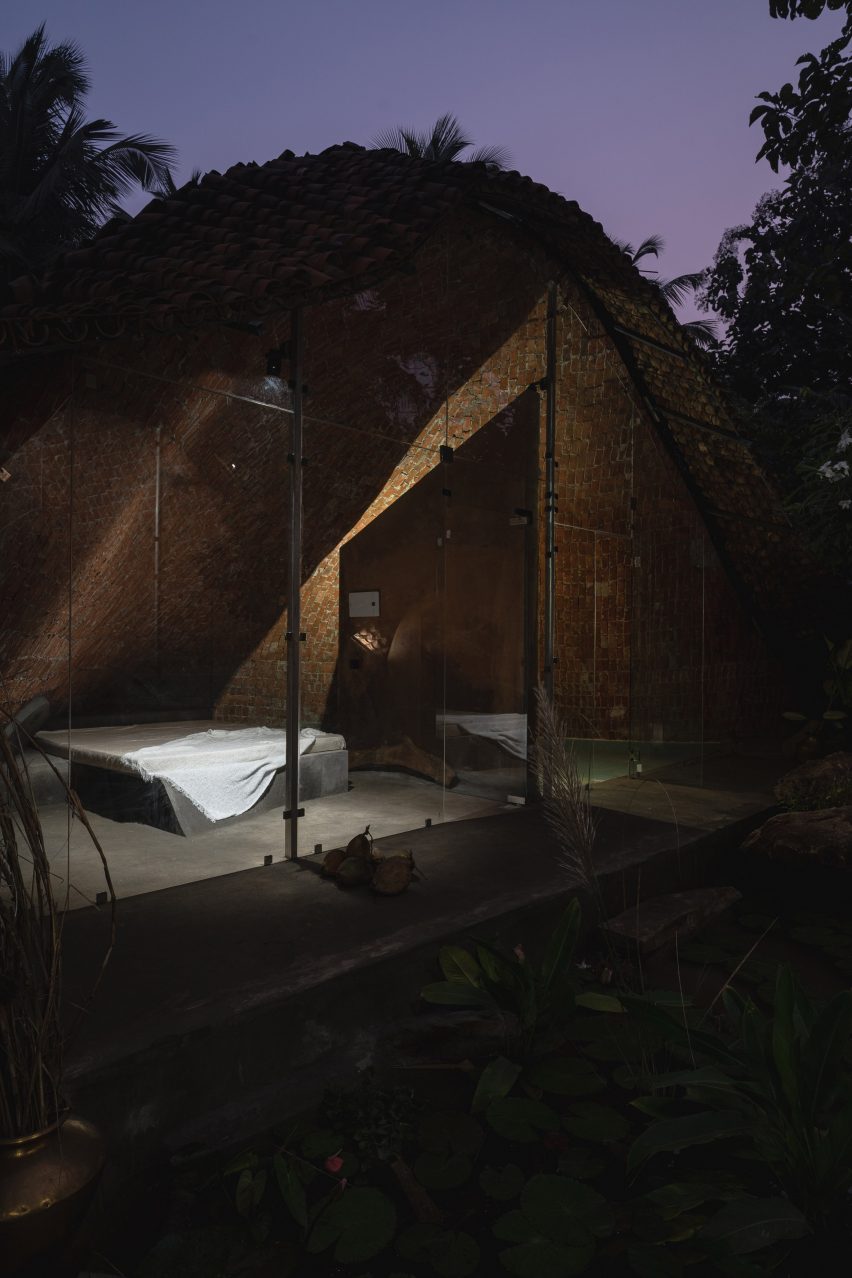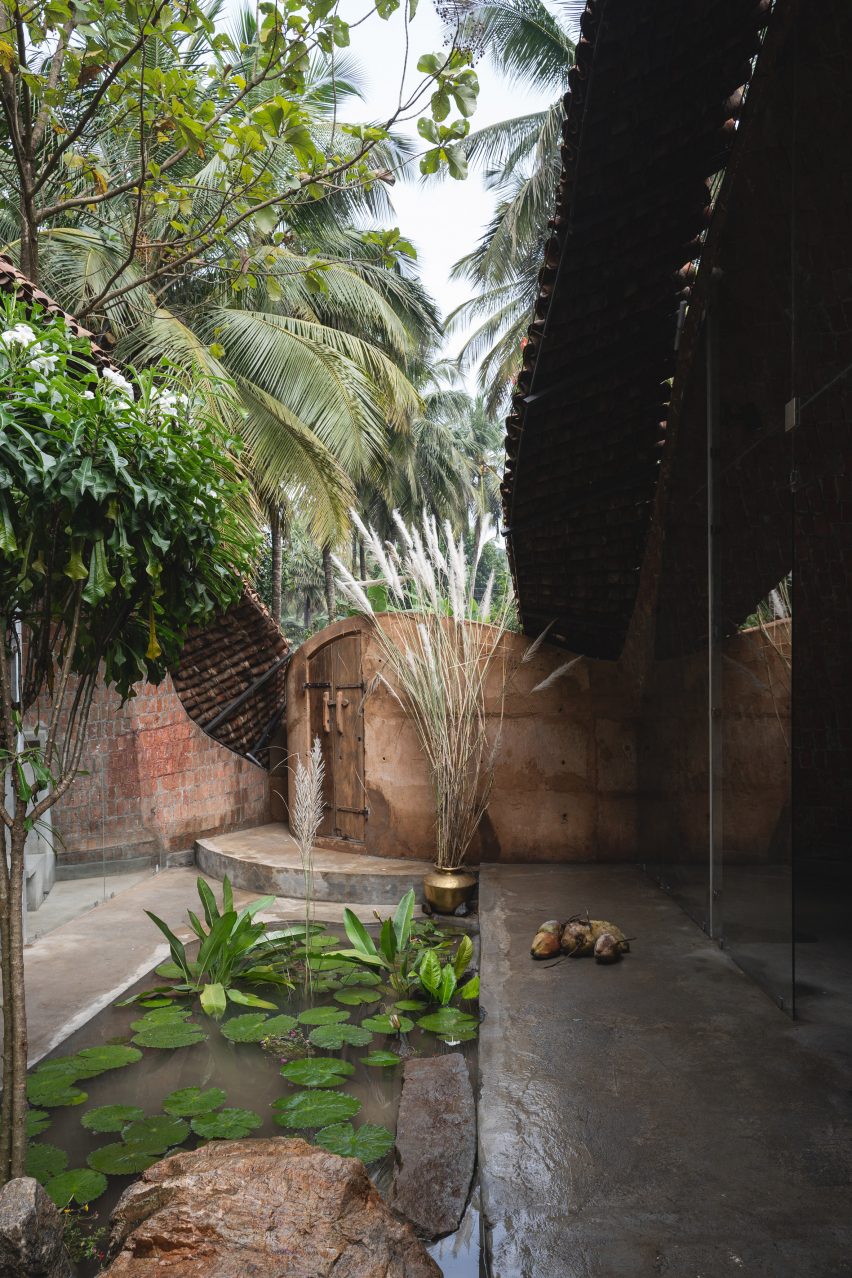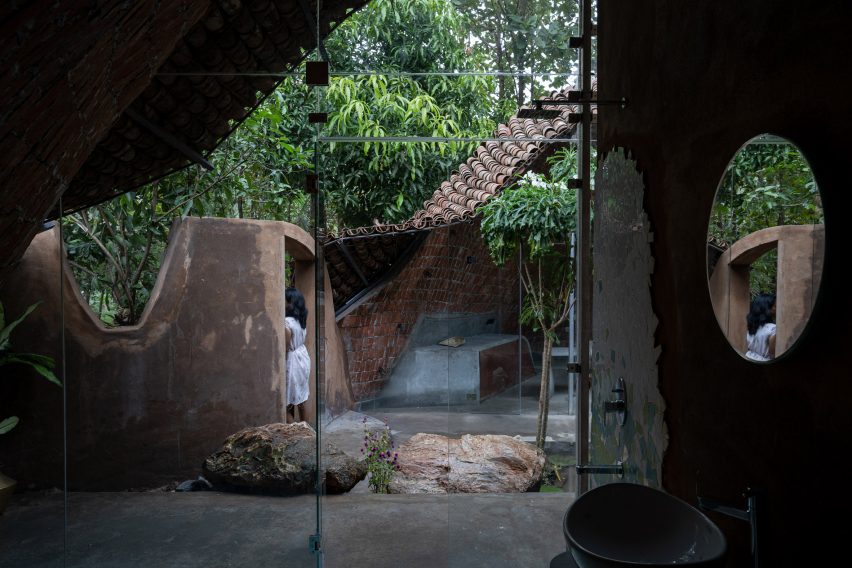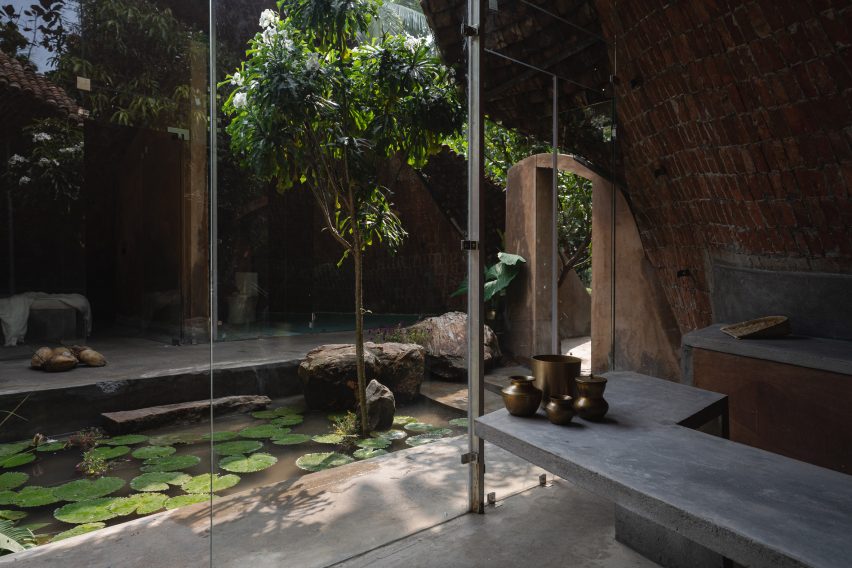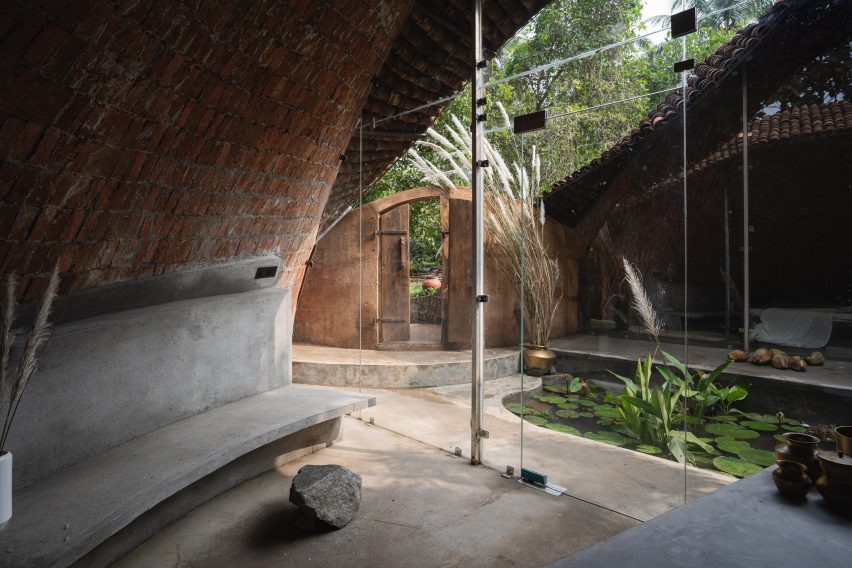old japanese farmhouse transforms into modest hotel with U-shaped gardens
Shotaro Oshima Design Studio restores a 1950s farmhouse
KOMORU Goshogawara by Shotaro Oshima Design Studio stands as a quaint hotel on the outskirts of Goshogawara in Aomori, Japan. Surrounded by the scenic Mount Bonjyu and the Iwaki River, the hotel embraces the vast Tsugaru Plain. The building, originally a 1950s farmhouse left vacant for five years, undergoes a sustainable transformation while preserving the existing timber structure. The renovation alters significantly the interior, arranging four guest rooms, a dining room, a kitchen, and ground-floor bathrooms, complemented by an additional guest room and staff space on the upper level.
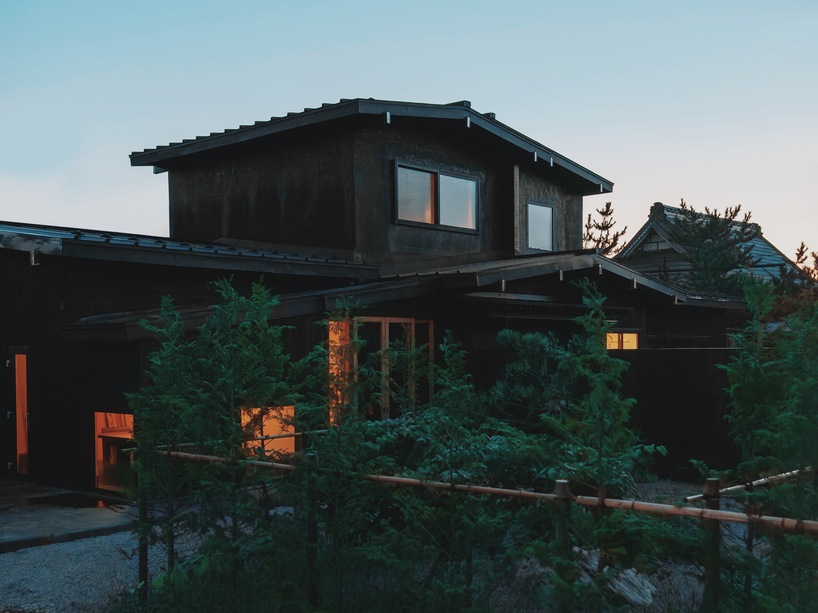
all images by Yuki Motegi
KOMORU Goshogawara preserves the existing timber structure
Retaining a mindful connection to history, the refurbishment maintains iconic architectural elements like the traditional Japanese alcove, ‘Tokonoma’, enriching the space with a narrative of the original building’s cultural heritage. The interventions extend to various facets, including the creation of U-shaped inner gardens, known as ‘Tsuboniwa’, providing serene outdoor experiences for each guest room.
The design concept expresses intimacy and sensitivity, intricately manifested in the small courtyard of ‘Tsuboniwa’. For KOMORU Goshogawara, the design studio engages in a new front garden design, incorporating local trees and stones to craft a welcoming ambiance for arriving guests. Guests are invited to embark on a spiritual journey, resonating with the harmonious blend of history, culture, and nature.
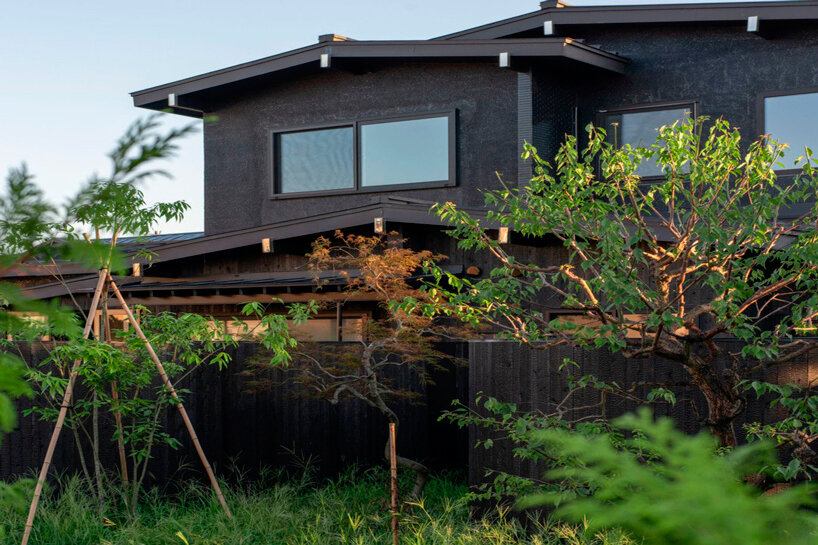
the project, retaining a mindful connection to history, maintains the original architectural elements
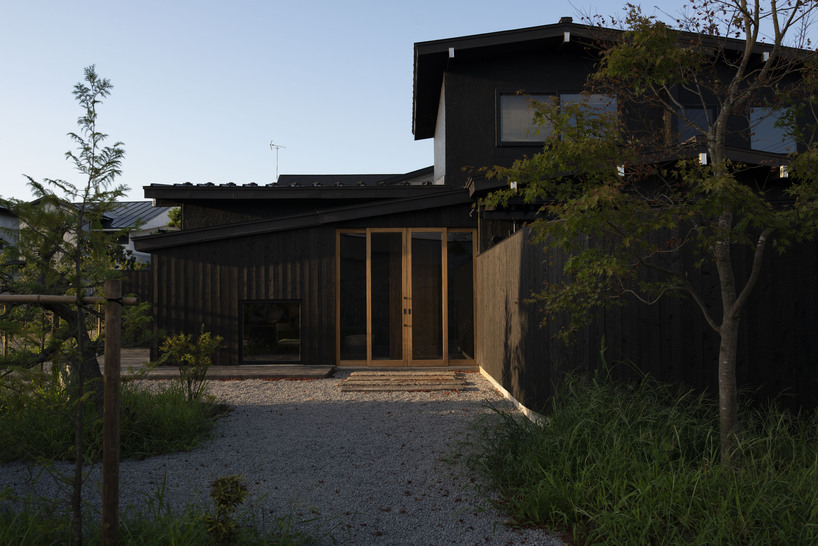
the sustainable transformation preserves the existing timber structure
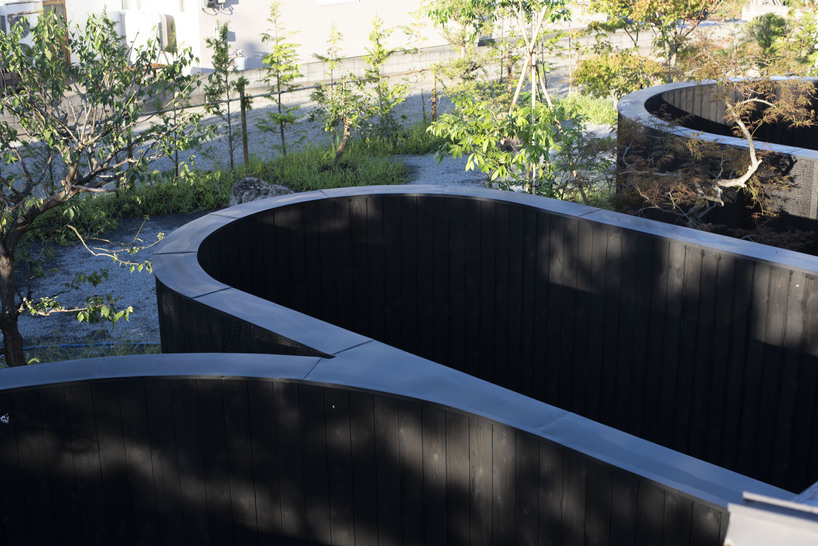
the refurbishment includes the creation of U-shaped inner gardens

